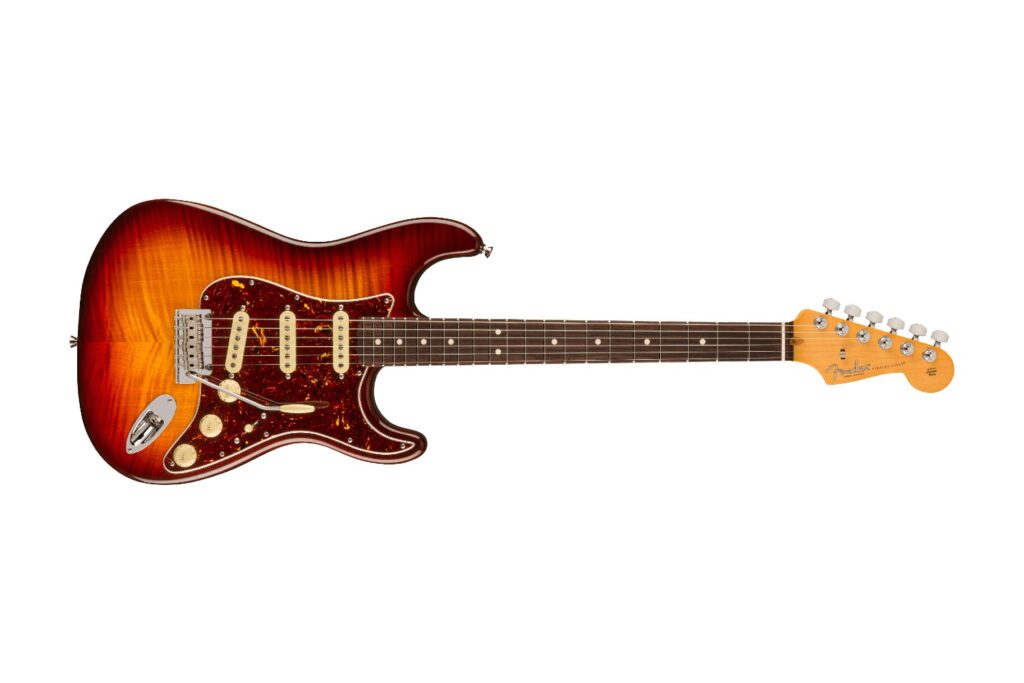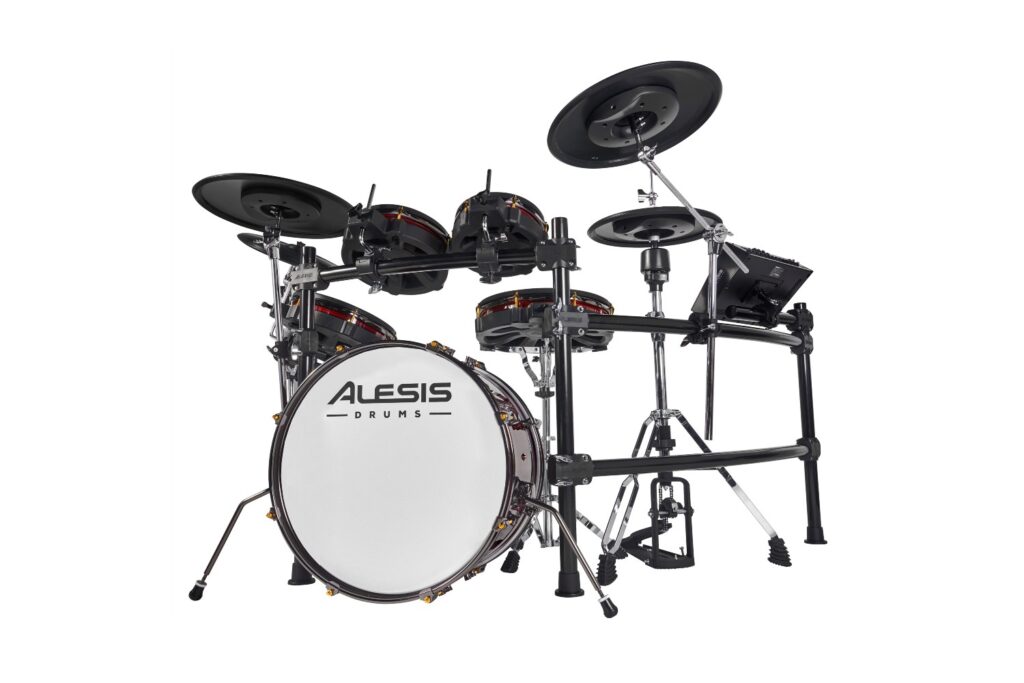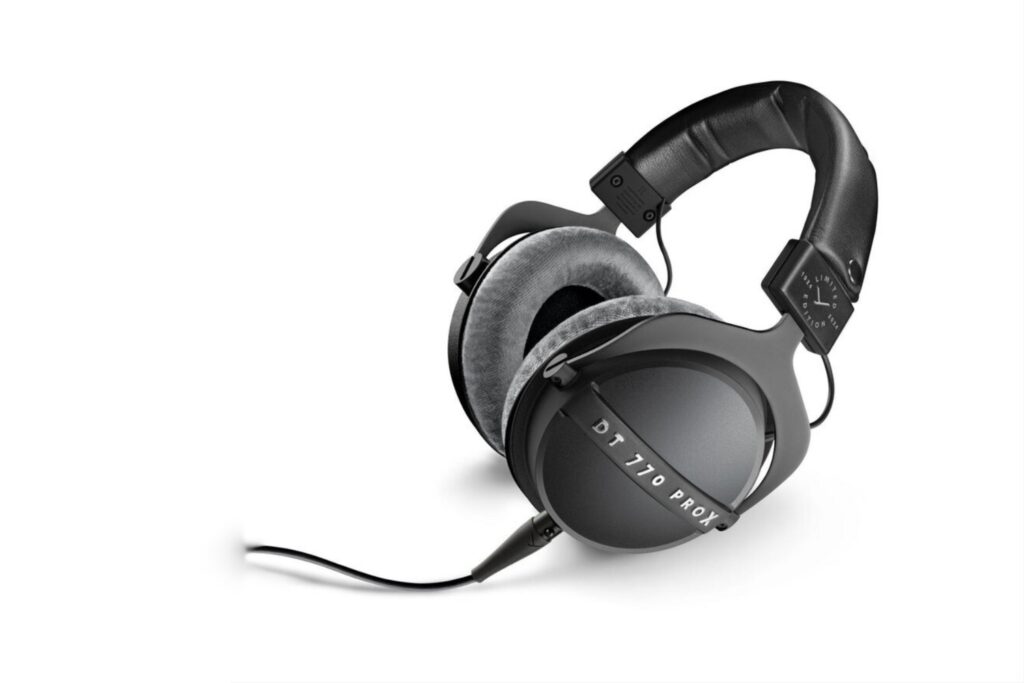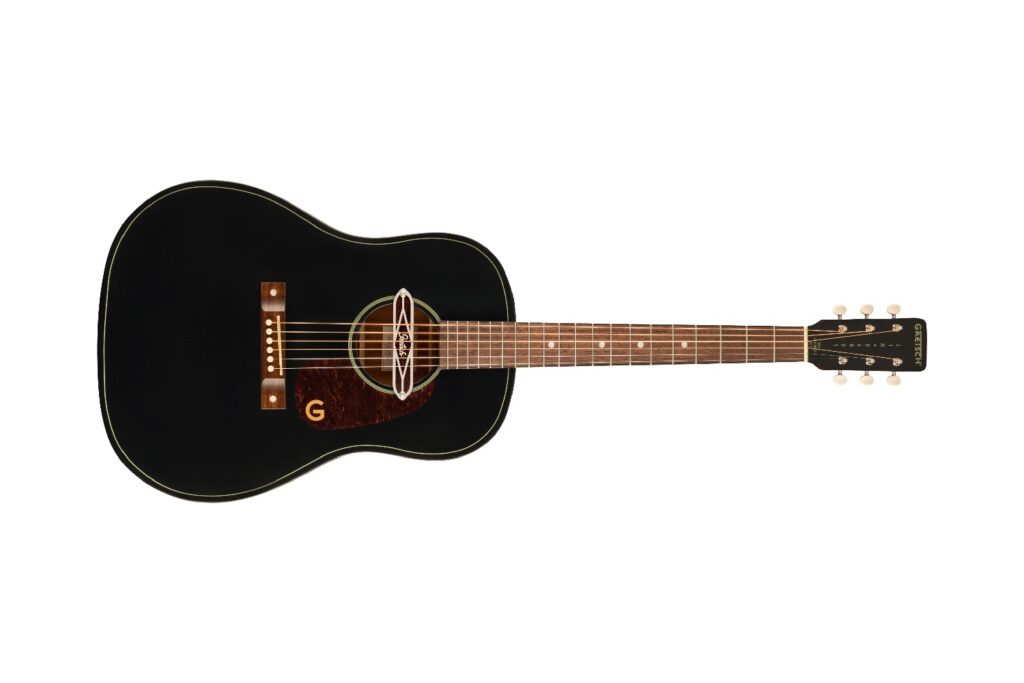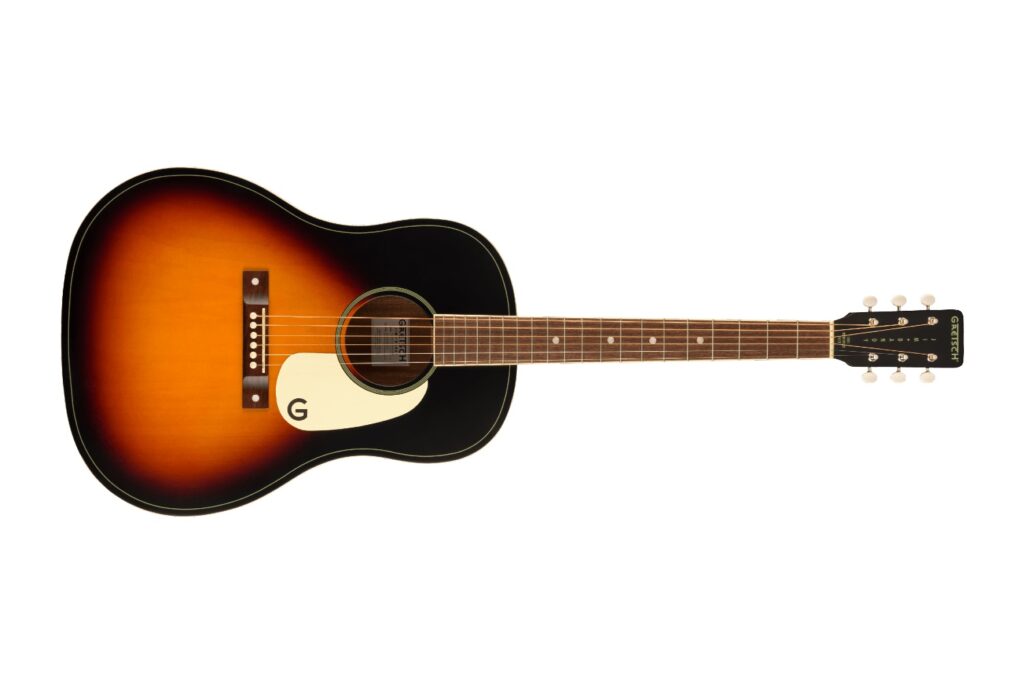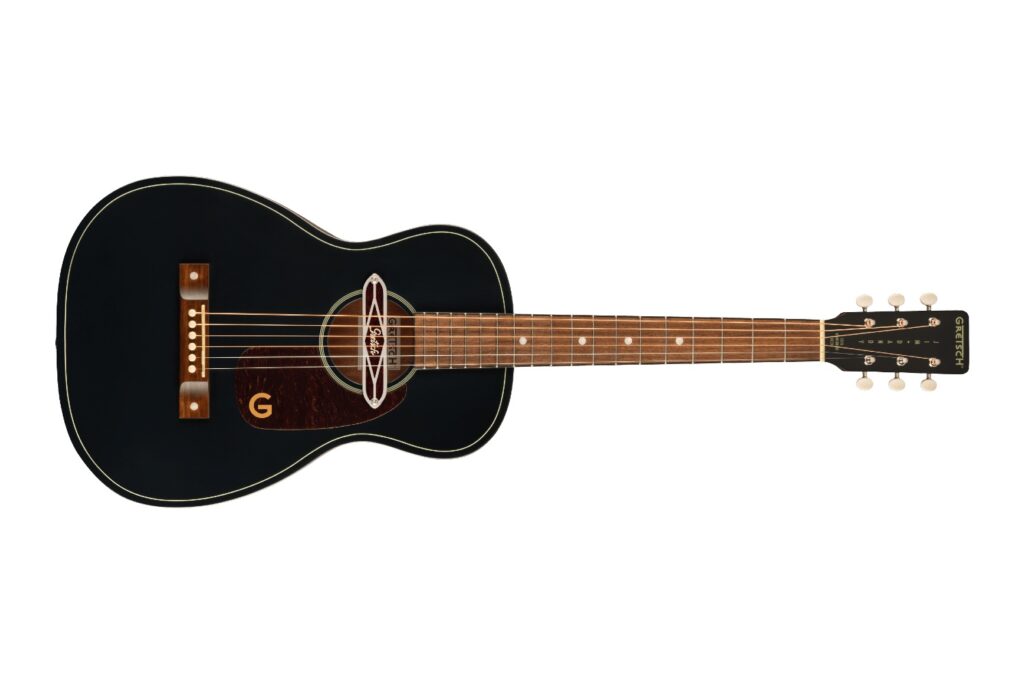Yamaha Music Australia | Enquire for pricing
Some digital amps aim to make you forget you’re even playing a digital amp. Others seem to want to make you think of nothing else, constantly reminding you of their endless modelling possibilities. The Line 6 Catalyst seems to fall into both categories. It’s not overloaded with more amp models than you’ll ever use, but if you dig a little below the surface you’ll find it can do a lot more than it initially appears.
Read more product reviews here.
The Catalyst series is made up of three amps: the Catalyst 60 and Catalyst 100 are 60 and 100-watt combos each with a single 12” speaker, while the Catalyst 200 is a 200-watt, 2×12 combo. The line is quite affordable despite using technology from the primo HX line, and the idea is not to give you a Helix modeller in an amp, but to present six carefully curated, originally-voiced channels (Clean, Boutique, Chime, Crunch, Dynamic, and Hi Gain) and each amp has its own specially-designed switchable boost to get the most out of it.
The control layout is pretty standard: there are knobs for Bass, Mid, Treble, Presence, Gain, and Master volume, as well as controls for the boost and effect sections, plus a tap tempo button that doubles as a tuner. Any digital amp worth its bits also has inbuilt effects, and the Catalyst has a lot more than the control panel would hint at: there’s a dedicated reverb section with six types of reverb (Spring, Hall, Chamber, Plate, and two Line 6 originals) plus six delays, six modulations, and six pitch effects, adjacent to but separate from the reverb.
For delay, the options are Simple Delay, Vintage Delay, Transistor Tape, Adriatic Delay, Dual Delay, and Ducking Delay. Modulation options are PlastiChorus, Optical Trem, Script Mod Phaser, Grey Flanger, Ubiquitous Vibe, and Rotary. And the pitch options are Bass Octaver, Growler, Pitch Harmony, Pitch Shift, Tycoctavia Fuzz, and Synth String. There’s also a noise gate and – get this – a switchable artificial hum if you find yourself missing the idiosyncrasies of tube amps.
There’s an XLR out with three selectable cab emulations and a whole bunch of virtual mic options, and you can access a whole bunch of parameters on your desktop by connecting via USB and running the Catalyst Edit software, where you’ll find controls for sag, bias, advanced effect editing (including selecting pre or post preamp locations for the effect and reverb blocks). And there’s power scaling, allowing you to switch between multiple power amp output levels depending on your environment.
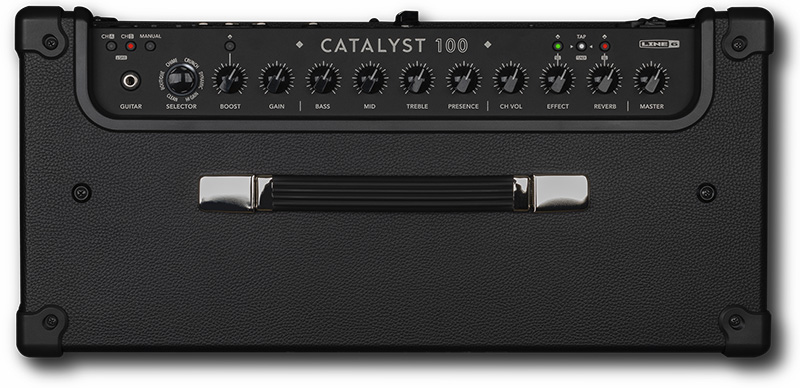
Any two amp types and their settings can be saved as A and B presets, and switched between using the Catalyst’s A/B switch or a footswitch (and you can save up to to six A/B combinations).
There’s also MIDI control and an effects loop, the Return jack of which can be configured either as the loop return or as a power-amp input for use as a powered speaker. (You could probably have a lot of fun using a pair of Catalysts as powered speakers in a wet/dry/wet rig too).
Alright, so that’s the features, how does it sound?
Neat. It sounds very neat. That is to say, it’s extremely responsive to your playing dynamics and you’ll find it a very satisfying playing experience in that respect, but sonically it’s more like hearing a fully-mastered guitar sound, rather than the way a tube amp typically needs some more refinement at the mixing desk in order to sound that way. It’s like your tone emerges fully ready to sit in a mix, tight in the low end, not too strident in the highs, and that’s really great. But hey, if you want more of a tube amp experience, the selectable hum is right there in the Catalyst Edit software!
Catalyst seems to skew towards clean and edge-of-breakup amps, with only Crunch and of course Hi Gain covering your distortion needs. But there’s so much flexibility tucked away within that digital brain that you’ll be able to dial in anything you need, especially from the very adaptable Hi Gain channel. I plugged in my Kiesel Vader headless 7-string and was immediately impressed by the clarity and punch of low notes and chords, as well as the dynamic sensitivity of the lead tones.
The closest sound I can compare it to is Aussie progressive virtuoso Plini; those beautifully midrange-rich, treble-smooth sounds that track perfectly. The clean and edge-of-dirt sounds are also beautifully adaptable and responsive to changes in pick attack, fretboard phrasing and pickup selection, and the Dynamic channel is even nicer for boutique tones than the Boutique channel. This amp is equally friendly with my Strat, Les Paul, and 12-string electric Tele-style, and if you’re a blues or country player you’ll especially love the edge-of-breakup tones.
And all this at what is really a very affordable price. And with the options of 60, 100, and 200-watt, there’s a Catalyst for any situation. The 200 is the most flexible because it can hit bigger gig levels as well as sensible at-home volumes, while the 60 is more of a home amp that can handle a rehearsal or jam, but then, that XLR output makes it useful for live situations too.
Head to Line 6 for more information. For local enquiries, reach out to Yamaha Music Australia.


